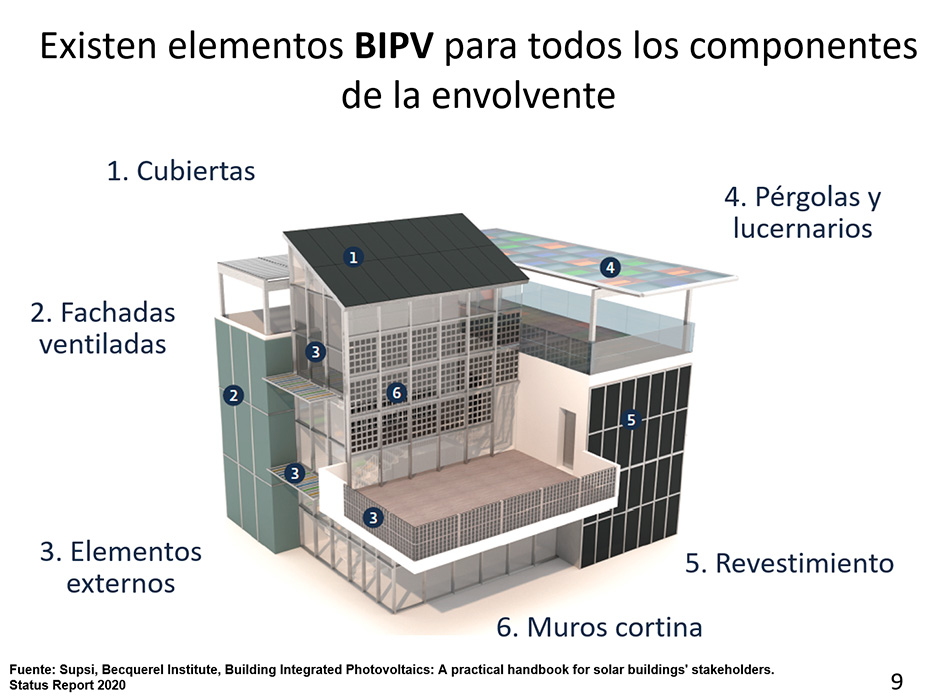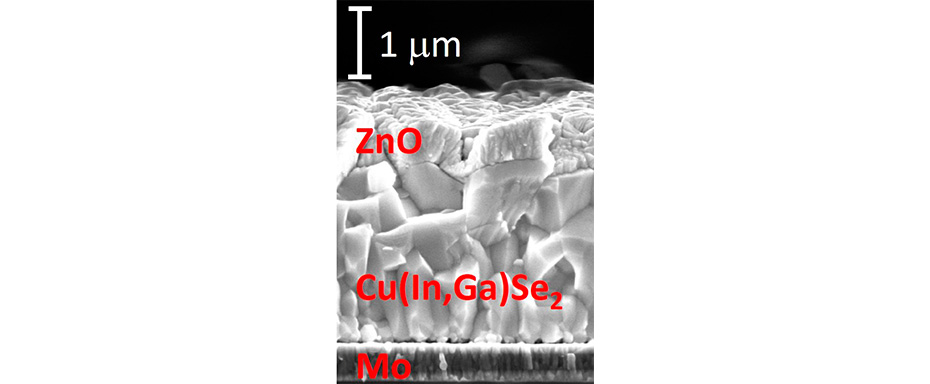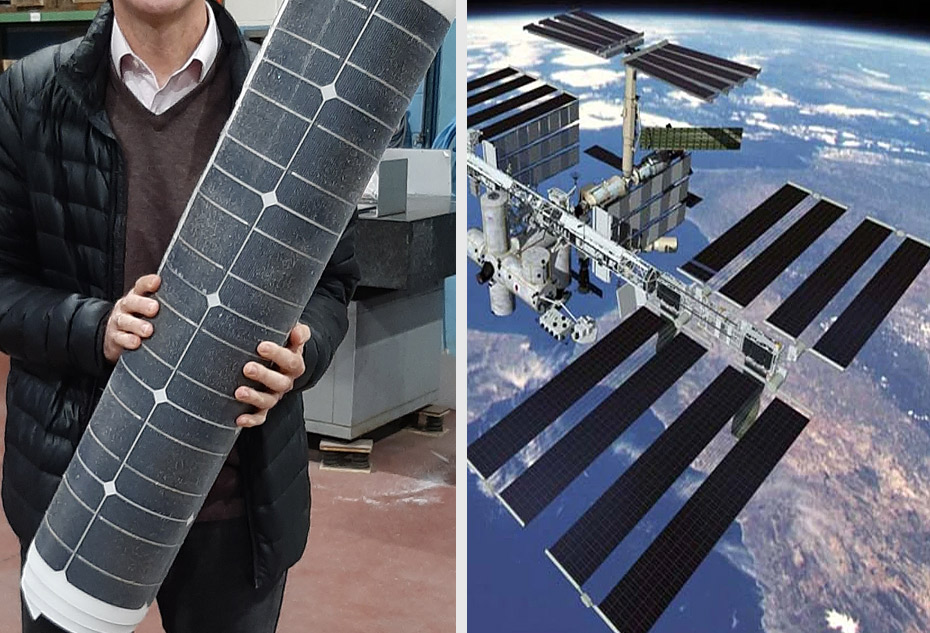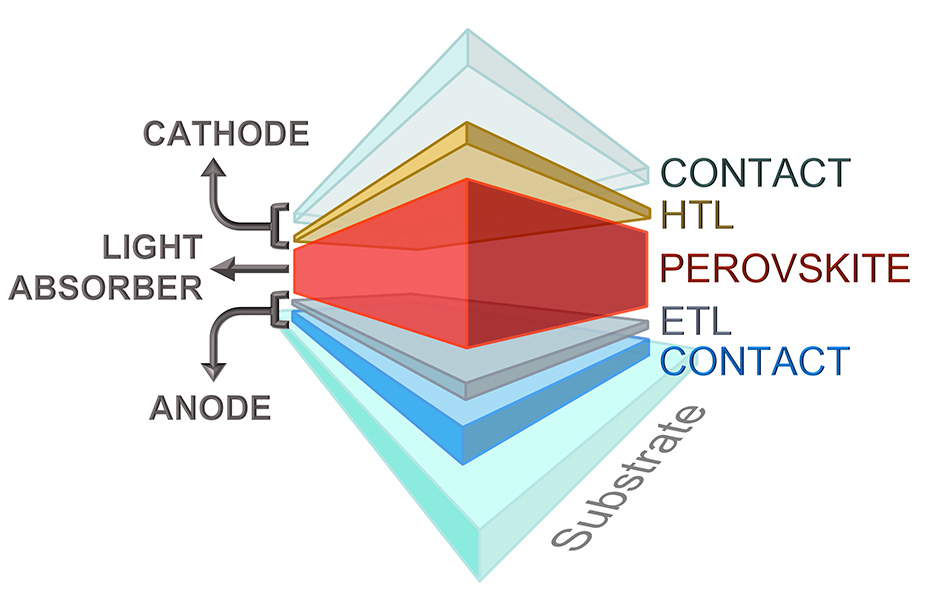Name Inés Durán Promotion 2020/2021 Position PhD Student Company Instituto de Energía Solar What is current occupation? I am currently following a PhD program at Instituto de Energía Solar, specifically in the group “Silicio y Nuevos Conceptos”. I study the optoelectronic properties of two-dimensional...
In the era of the search for sustainability, architecture and energy must go hand in hand if buildings are to play a key role in the transition towards new city models. Today, the idea that optimizing a building’s energy performance is a constraint on...
Multijunction solar cells were invented to mitigate a fundamental loss source in the conversion of light to electricity. To understand this kind of loss we have to consider these two facts: Semiconductor materials used to fabricate solar cells are characterized by their bandgap, which...
The term thin-film solar cell, or second-generation solar cell, refers to a particular type of photovoltaic (PV) device whose main characteristic is the reduced amount of active material required to manufacture efficient cells. Probably best expressed by Ken Zweibel in 2004: “the fundamental idea...
Photovoltaic modules are manufactured so that they can continue to generate electricity decades after their manufacture, which is why until now efforts have been focused on using materials and processes that make the product as robust as possible, without thinking on facilitating their recycling...
Manufacturing a silicon solar cell involves a complex sequence to transform quartz extracted from a mine into a device that, when exposed to the sun, provides electricity in a cheap, reliable and long-lasting way. This is a challenge that requires the cooperation of the...
Check our interviews with students of the Master in Solar Energy. On this occasion we speak with Marina Delgado.
A perovskite solar cell (PSC) is a type of 3rd generation solar cell that includes a perovskite-structured compound as the light-absorbing layer, which can be either a hybrid organic-inorganic or fully inorganic halide-based material. Perovskite-type absorbers exhibit excellent opto-electronic properties and are very high...







